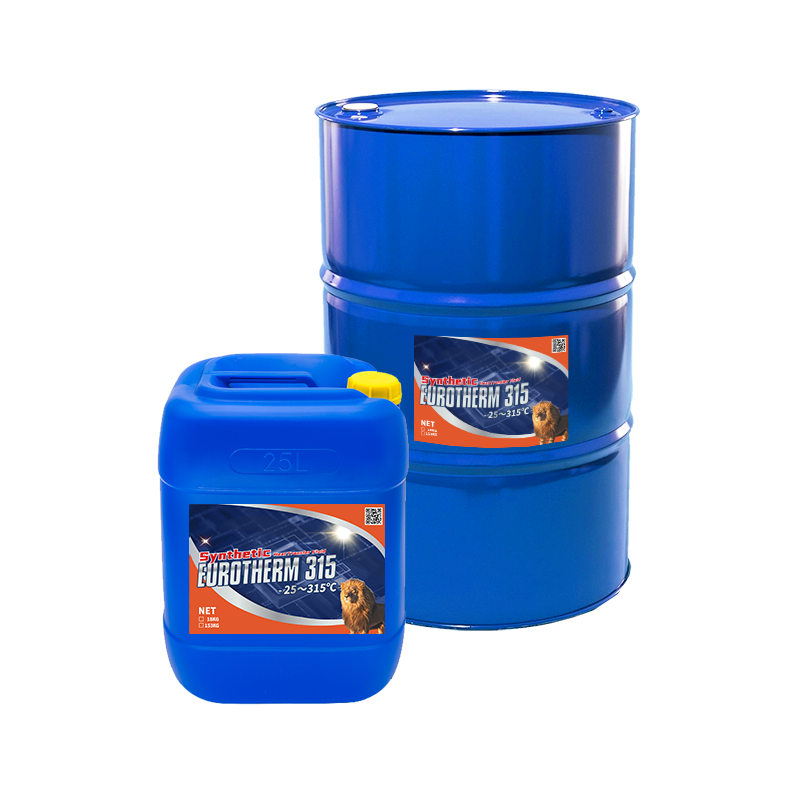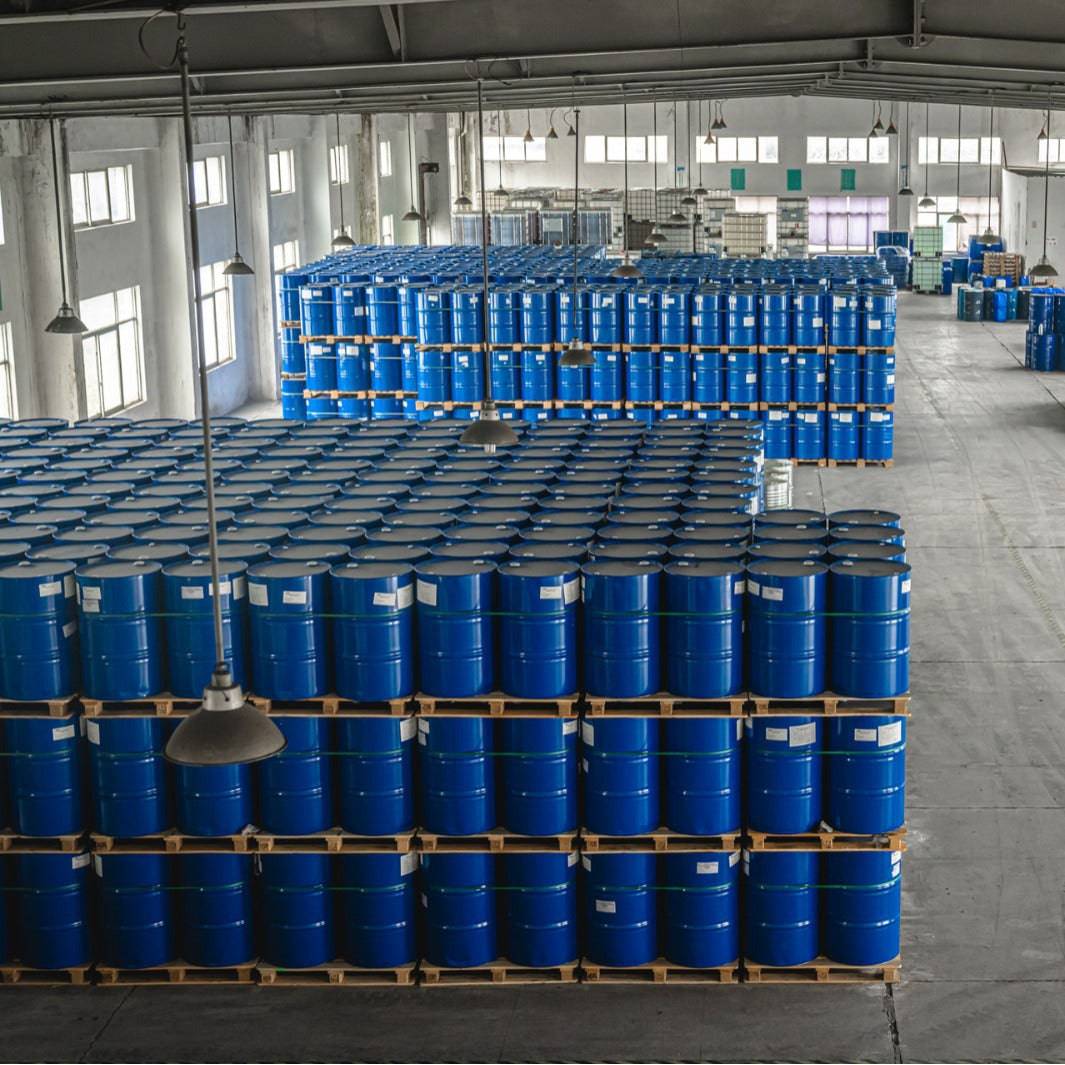Examine This Report on Chemie
Wiki Article
The 9-Minute Rule for Chemie
Table of ContentsChemie Things To Know Before You Get ThisExcitement About ChemieHow Chemie can Save You Time, Stress, and Money.Unknown Facts About ChemieHow Chemie can Save You Time, Stress, and Money.The Best Strategy To Use For Chemie
By Bojanna Shantheyanda, Sreya Dutta, Kevin Coscia and David SchiemerDynalene, Inc. Liquid cooling, which can be attained utilizing indirect or direct ways, is utilized in electronic devices applications having thermal power thickness that might go beyond secure dissipation with air cooling. Indirect liquid cooling is where heat dissipating digital elements are physically separated from the liquid coolant, whereas in case of direct cooling, the parts remain in direct contact with the coolant.However, in indirect air conditioning applications the electrical conductivity can be essential if there are leaks and/or splilling of the liquids onto the electronics. In the indirect air conditioning applications where water based fluids with corrosion preventions are usually utilized, the electrical conductivity of the liquid coolant mainly depends on the ion focus in the fluid stream.
The rise in the ion focus in a shut loop fluid stream might take place due to ion seeping from steels and nonmetal elements that the coolant liquid is in contact with. Throughout procedure, the electric conductivity of the fluid may increase to a level which can be unsafe for the air conditioning system.
Excitement About Chemie
(https://www.find-us-here.com/businesses/Chemie-San-Diego-California-USA/34199379/)They are grain like polymers that are capable of trading ions with ions in an option that it is in call with. In the here and now work, ion leaching tests were executed with different metals and polymers in both ultrapure deionized (DI) water, i.e. water which is dealt with to the highest degree of pureness, and low electric conductive ethylene glycol/water mix, with the measured change in conductivity reported gradually.
The samples were permitted to equilibrate at area temperature level for 2 days prior to recording the first electrical conductivity. In all tests reported in this research study liquid electric conductivity was gauged to an accuracy of 1% making use of an Oakton disadvantage 510/CON 6 collection meter which was calibrated before each measurement.
The Best Guide To Chemie
from the wall heating coils to the center of the heater. The PTFE sample containers were put in the heater when steady state temperature levels were gotten to. The examination arrangement was removed from the furnace every 168 hours (seven days), cooled to area temperature level with the electric conductivity of the fluid determined.The electrical conductivity of the liquid sample was monitored for a total of 5000 hours (208 days). Figure 2. Schematic of the indirect closed loophole cooling experiment set-up - heat transfer fluid. Table 1. Components used in the indirect closed loophole cooling experiment that are in contact with the liquid coolant. A schematic of the speculative configuration is received Figure 2.

Not known Facts About Chemie
Throughout procedure the fluid reservoir temperature was kept at 34C. The change in fluid electrical conductivity was kept track of for 136 hours. The fluid from the system was gathered and kept. In a similar way, shut loop test with ion exchange material was lugged out with the same cleaning procedures used. The first electric conductivity of the 230ml UP-H2O in the system measured 1.84 S/cm.
0.1 g of Dowex resin was included in 100g of liquid samples that was absorbed a separate container. The mix was mixed and change in the electrical conductivity at area temperature was determined every hour. The determined adjustment in the electrical conductivity of the UP-H2O and EG-LC test liquids containing polymer or metal when involved for 5,000 hours at 80C is revealed Number 3.
Unknown Facts About Chemie
Figure 3. Ion leaching experiment: Measured modification in electrical conductivity of water and EG-LC coolants consisting of either polymer or steel samples when immersed for 5,000 hours at 80C. The results indicate that metals added less ions right into the liquids than plastics in both UP-H2O and EG-LC based coolants. This can be as a result of a slim metal oxide layer which may serve as an obstacle to ion leaching and cationic diffusion.Fluids including polypropylene and HDPE exhibited the cheapest electric conductivity changes. This can be because of the short, inflexible, direct chains which are much less likely to add ions than longer branched chains with weaker intermolecular pressures. Silicone likewise carried out well in both examination liquids, as polysiloxanes are normally chemically inert due to the high bond power of the silicon-oxygen bond which would protect against degradation of the product into the liquid.
Excitement About Chemie
It would be expected that PVC would produce similar outcomes to those of PTFE and HDPE based upon the comparable chemical frameworks of the products, nonetheless there might be other contaminations existing in the PVC, such as plasticizers, that may impact the electric conductivity of the liquid - therminol & dowtherm alternative. Furthermore, chloride teams in PVC can additionally leach into the examination liquid and can create an increase in electric conductivityBuna-N rubber and polyurethane showed indications of destruction and thermal decomposition which suggests that their feasible energy as a gasket or sticky product at higher temperatures might cause application issues. Polyurethane entirely degenerated right into the examination fluid by the end of 5000 hour test. Number 4. Prior to and after pictures of metal and polymer samples submersed for 5,000 hours at 80C in the ion leaching experiment.
Calculated adjustment in the electric conductivity of UP-H2O coolant as a feature of time with and without material cartridge in the shut indirect air conditioning loophole experiment. The gauged adjustment in electric conductivity of the UP-H2O for 136 hours with and without ion exchange material in the loop is received Figure 5.
Report this wiki page